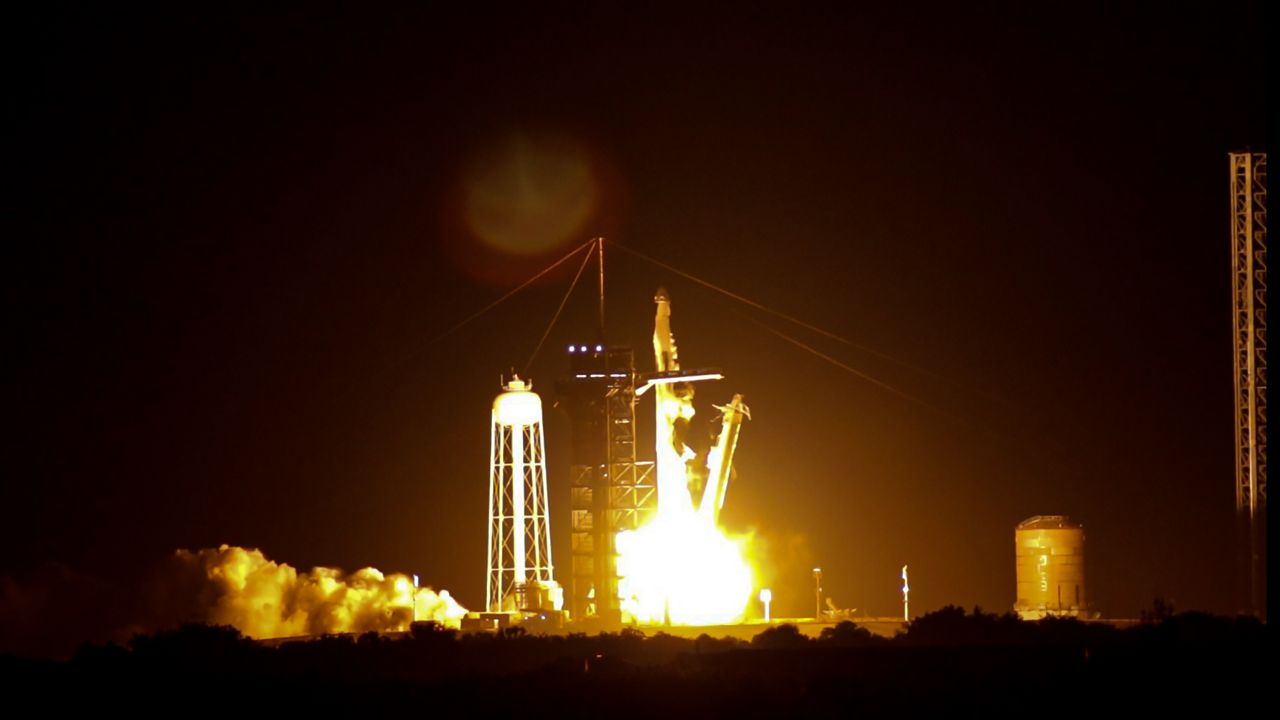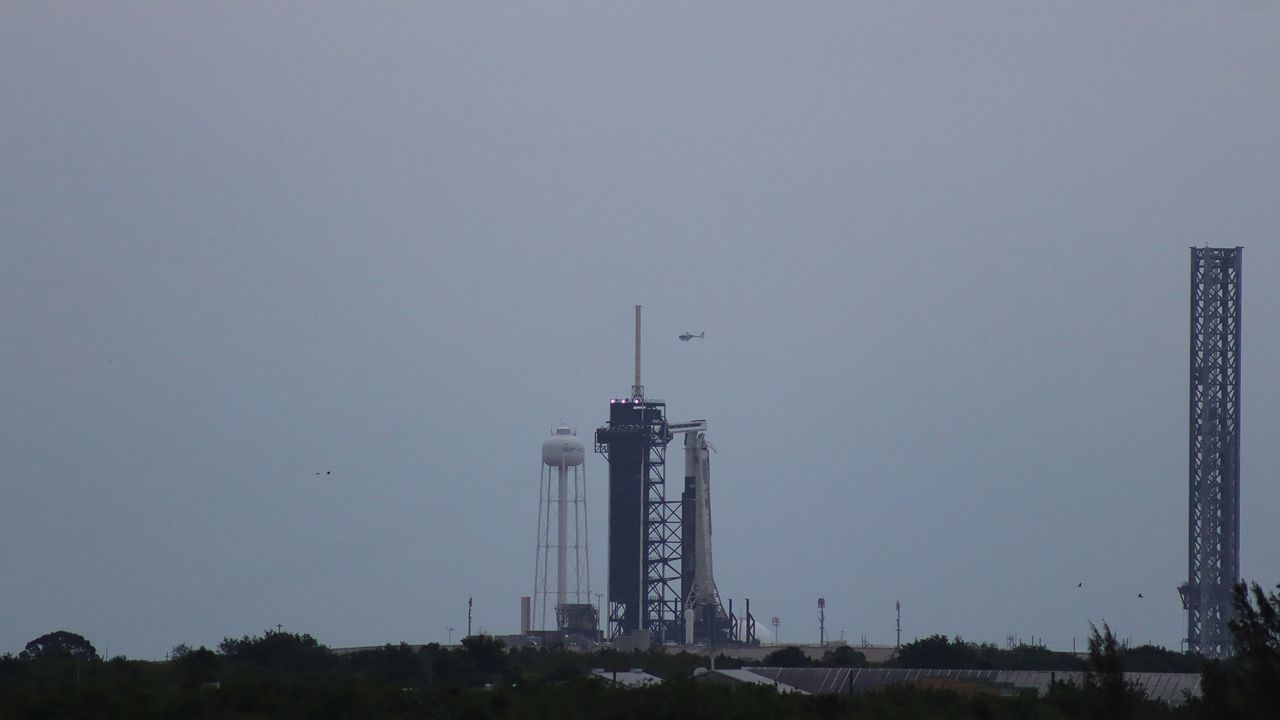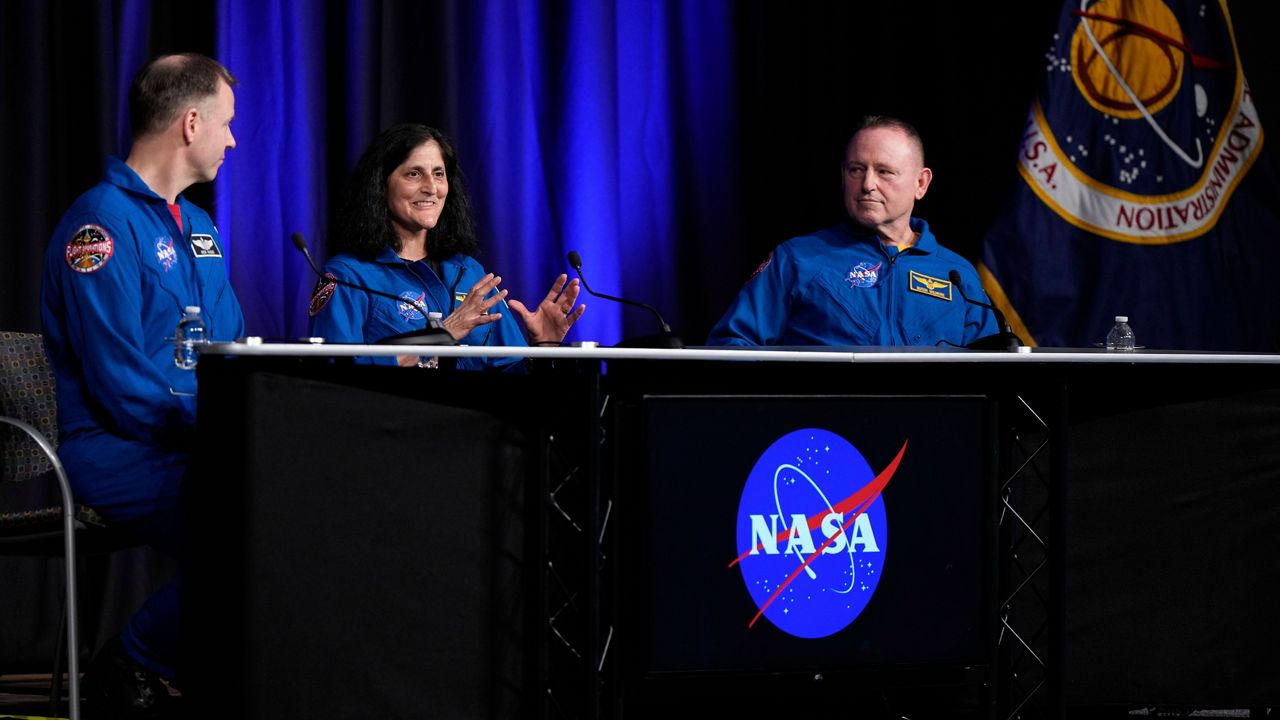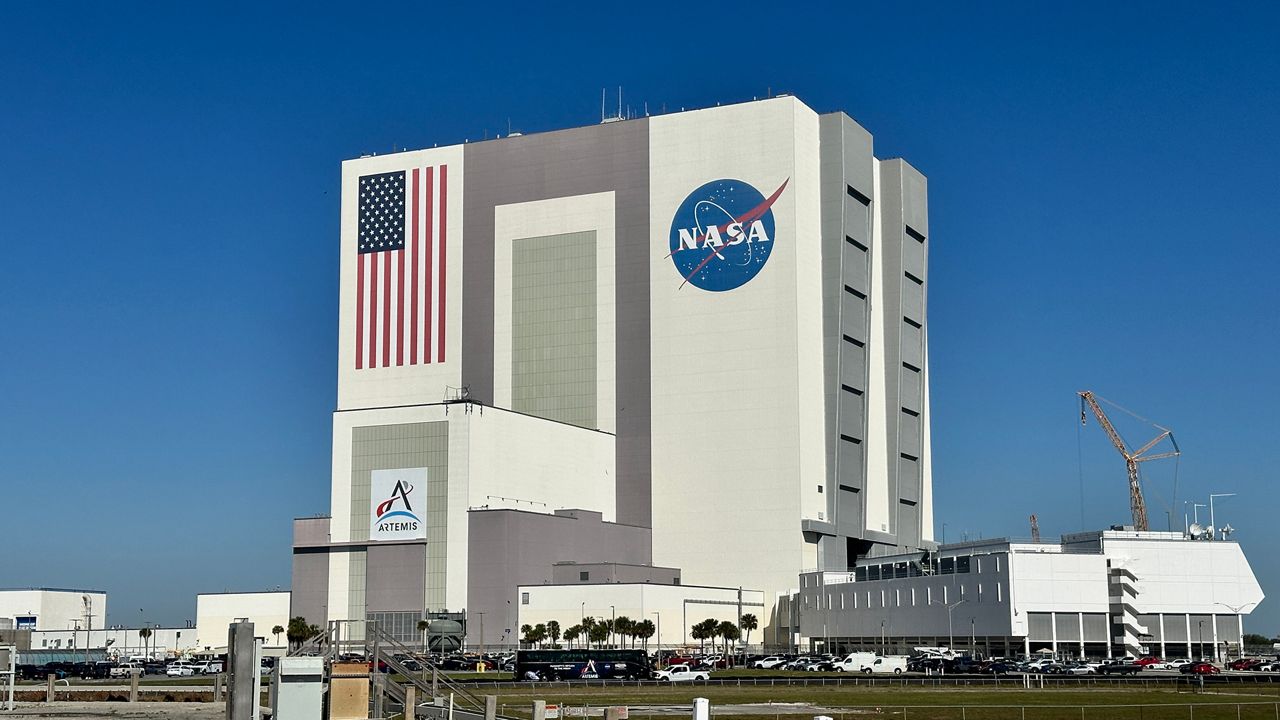KENNEDY SPACE CENTER — As space fans roared with excitement, SpaceX’s Falcon 9 rocket launched the historic Polaris Dawn mission early Tuesday morning. The all-civilian mission will see a series of space firsts, including a commercial spacewalk and achieving the highest orbit around Earth.
What You Need To Know
- This is the first of three Polaris Dawn missions from the Polaris Program
- The Polaris Dawn mission is a joint operation with SpaceX
- The Falcon 9 left from Launch Complex 39A at the Kennedy Space Center
- 🔻Scroll down to follow Polaris Dawn's journey🔻
- Get more space coverage here ▶
- RELATED coverage:
With space fans cheering on, @SpaceX's #Falcon9 rocket launched the #PolarisDawn mission early this morning as it will make history with a series of firsts, from a commercial spacewalk to achieving the highest orbit around Earth.
— 🚀Anthony Leone🌕 (@AnthonyLeone) September 10, 2024
Learn more at @MyNews13: https://t.co/pw2KoSl2uJ pic.twitter.com/fbZh9mj0xh
Countdown To Launch
SpaceX’s Falcon 9 took off on Tuesday, Sept. 10, at 5:23 a.m. ET. The company’s Falcon 9 rocket left Launch Complex 39A at NASA’s Kennedy Space Center, stated SpaceX.
Polaris Dawn’s Cmdr. Jared Isaacman, pilot Scott “Kidd” Poteet, Anna Menon, medical officer and mission specialist, and Sarah Gillis, who is also a mission specialist, climbed aboard SpaceX’s Dragon capsule named Resilience and left on SpaceX’s Falcon 9 rocket.
The Polaris Dawn will spend five days in space conducting experiments.
There was a four-hour launch window for this all-civilian mission. Poor weather forced SpaceX to scrap the original launch time at 3:38 a.m. ET. There was one more launch attempt for Tuesday: 7:09 a.m. ET.
The launch forecast was always a bit iffy.
“Weather is currently 40% favorable for liftoff, and conditions at the possible splashdown sites for Dragon’s return to Earth remain a watch item,” stated SpaceX on X, formerly known as Twitter.
If Tuesday’s launch were scrubbed, the next attempt would have been Wednesday, Sept. 11, at the same times.
The mission was originally set for Monday, Aug. 26 and then Tuesday, Aug. 27. However, SpaceX announced Monday that "teams are taking a closer look at a ground-side helium leak on the Quick Disconnect umbilical." Then SpaceX was eyeing a Wednesday, Aug. 28, launch, but Mother Nature had other plans.
SpaceX did not initially announce any new launch opportunities stating, "teams will continue to monitor weather for favorable launch and return conditions."
The Falcon 9’s first-stage booster, B1083, has an impressive record of launches.
After the first-stage separation, the booster landed on the droneship Just Read the Instructions that was stationed in the Atlantic Ocean.
The Dragon for this mission has done only two launches: Crew-1 and Inspiration4. Inspiration4 was the first all-citizen spaceflight, which Isaacman helped to spearhead and was a member of.
Going around Earth
For five days, these private citizens will orbit the Earth while conducting experiments and doing a series of firsts, such as a commercial spacewalk. Before Polaris Dawn, the only spacewalks done were by government space agencies such as NASA.
The mission is in collaboration with SpaceX.
The Polaris Program’s first Polaris Dawn mission will see the new first-generation SpaceX spacesuit, also known as an extravehicular activity (EVA).
The suit offers greater flexibility, with a helmet that offers a heads-up display and camera. All four will be wearing a suit, especially since the Dragon needs to be depressurized before the big spacewalk done by Isaacman and Gillis, who will be tethered to the capsule.
During the launch day, Polaris Dawn Mission Director Todd Ericson shared with Spectrum News which one of the mission objectives he is looking forward to and what he hopes for the future.
🚀@PolarisProgram’s #PolarisDawn’s Mission Director Todd Ericson told me how the first commercial spacewalk is one of the objectives he is looking forward to, he teases the zero-G indicator and would he want to be in the next mission?
— 🚀Anthony Leone🌕 (@AnthonyLeone) September 10, 2024
Find more here https://t.co/pw2KoSl2uJ pic.twitter.com/HfRkTDFATw
The mission will also see the furthest planned orbit, with the crew hoping to reach 870 miles (1,400 kilometers) above the planet and breaking the record made by the Gemini 11 mission in 1966, which achieved an altitude of 853 miles (1,373 kilometers) above the Earth. In fact, it will be the further a Dragon capsule has gone into space.
Menon and Gillis will be the first women in history to reach a high-altitude orbit. They are also lead space operations engineers at SpaceX.
Besides Isaacman, the three members have never been to space before.

Each day will see something different, from day one where the crew will prepare for the spacewalk and attempt to break the high orbit record, which will see them pass through the Van Allen radiation belt.
Day two will be more prep work for the spacewalk and a book reading to the kids at St. Jude Children's Research Hospital.
The Polaris Dawn mission, like Inspiration4, will raise funds for St. Jude Children's Research Hospital.
Day three will be a livestream of the spacewalk as Day 4 will be another mission objective: Testing the Starlink laser communications system.
This Dragon capsule had a special device installed in it to be able to communicate with Starlink satellites.
Day five will see the crew prepare for what comes on the sixth day, when the four will be splashing down off Florida’s coast.
On Monday, Aug. 19, the crew of the Polaris Dawn mission gave a press conference about the mission and went into detail, such as the medical experiments that they will be conducting.
In fact, in an interview with Spectrum News, Poteet shared what some of those experiments will be like.
Isaacman also said that this is not the only mission. This one is a steppingstone to a Polaris Dawn II mission, which will see them in another Dragon. But it is the third mission that will see the crew in SpaceX’s famed Starship.
“The third mission will be the first crewed flight of Starship,” he said. “(It has) twice the thrust of the Saturn IV and it could very well be the 737 for human space flight someday but it will certainly be the vehicle that will return humans to the moon and then onto Mars and beyond.”








